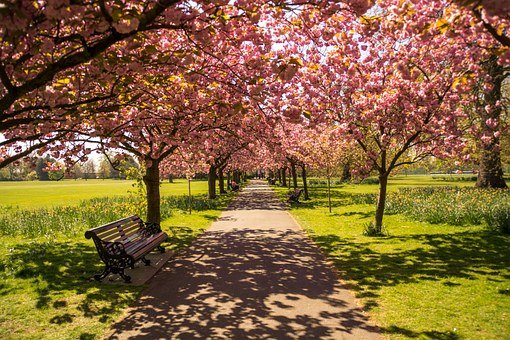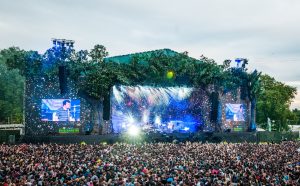Hyde Park

Hyde Park is one of the most famous and largest parks in Central London. The park is situated by the Long Water and the Serpentine. It is bound by Bayswater Road to the north, to the south by Knightsbridge and to the east by Park Lane. Outside of the park, there is the Hyde Park Corner, beyond which there is the St. James Park, Green Park and The Buckingham Palace Gardens. The Hyde Park has been listed as Grade I in the Register of Historic Parks and Gardens.

Story of Hyde Park
The Hyde Park was established in 1536 by Henry VIII. It was originally a hunting ground for English royal family, until the time James I allowed limited access for common people for a certain charge. Finally, Charles I opened the park for general public in 1637.
The Hyde Park offers exhibitions of interesting objects and sculptures. In addition, there are memorial grounds, such as the Grand Entrance or Wellington Arch, which were both designed by Decimus Burton. South of the Serpentine, which is an artificial water reservoir created in 1730. Here you may admire ‘Diana, Princess of Wales memorial fountain’ which is an outstanding ring of water. The fountain is a unique and symbolic design reflecting Princes Diana’s life together with its ups and downs. Further to the east there is London ‘Holocaust Memorial’. Among others you can find ‘7 July Memorial’ that commemorates the victims of 2005 London bombings.

Hyde Park – historical park and “concert hall”
Another site worth mentioning is the monolithic Standing Stone, based at the centre of the Del in the eastern side of the park. In general, The Hyde Park is full of unusual sculptures, for instance the ‘Jelly Baby Family’, which presents a group of jelly babies standing on top of a large black cube. Apart from these, Hyde Park is full of flowers and trees, which create an astonishing green scenery. First flowers appeared in the park in 1860, thanks to William Andrews Nesfield. A year after, the Italian Water Garden was constructed at the place of Victoria Gate. The project included numerous fountains, as well as, a summer house. One of the most popular areas within the Park is the Speakers Corner, which is located in the northeast corner near the Marble Arch. It acquired a certain reputation due to its tolerance to free speech. Hence it is also a common place for protests and demonstrations.
The most interesting facts according to Connect-Click:
- Several mass demonstrations took place in the Hyde Park. On July the 26th in 1886 The Reform League was campaigning for the increase of suffrage and representation on the 21st of June 1908, there were 750 000 people marching from Embankment to Hyde Park.
- As local residents became skeptical of the concert events taking place in the park, in June 2012 Bruce Springsteen’s and Paul McCartney’s found their microphones switched off as a protest.
- In 2012 Summer Olympics, the park was the place of a triathlon and the 10 km open water swimming events.

